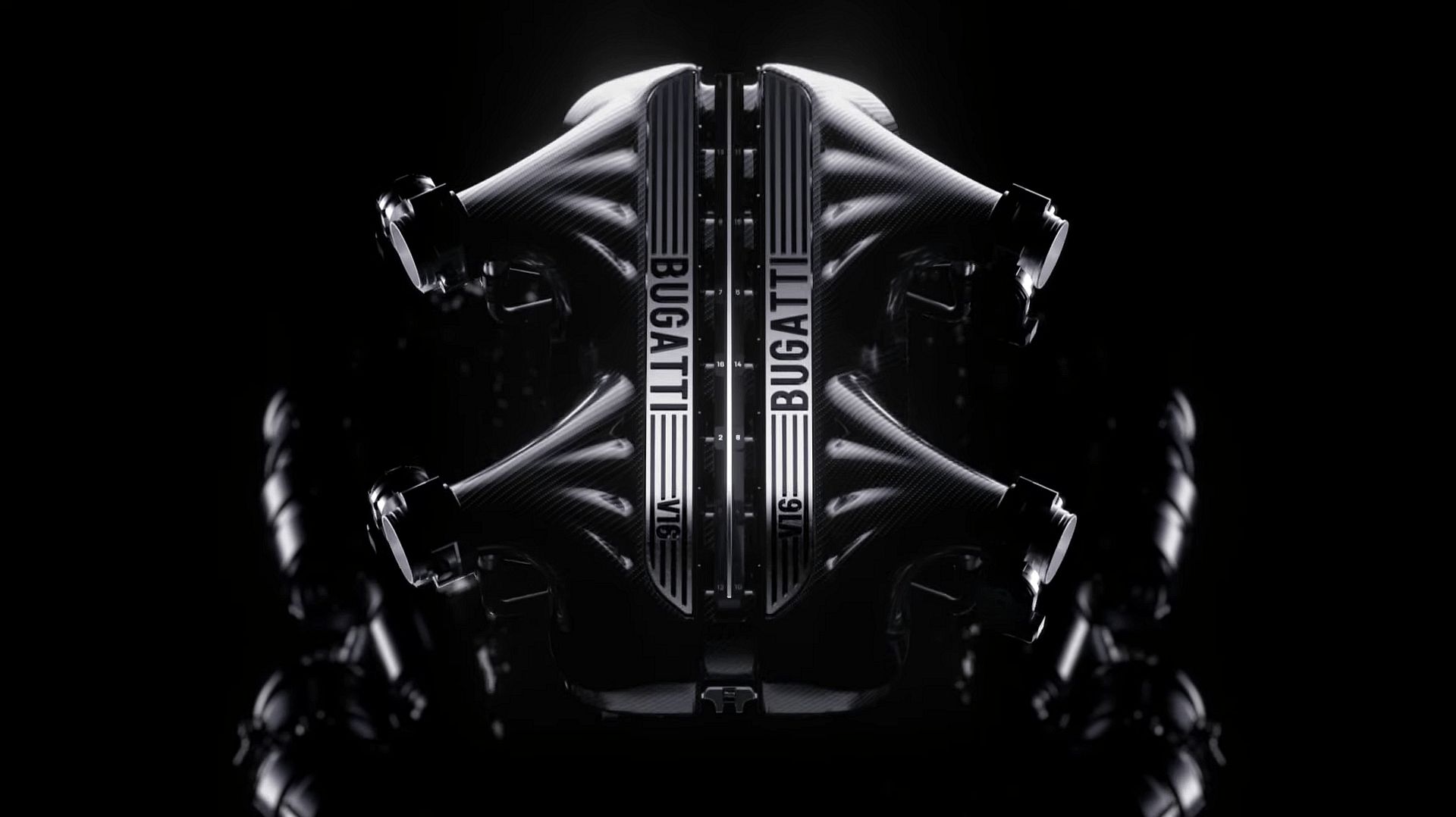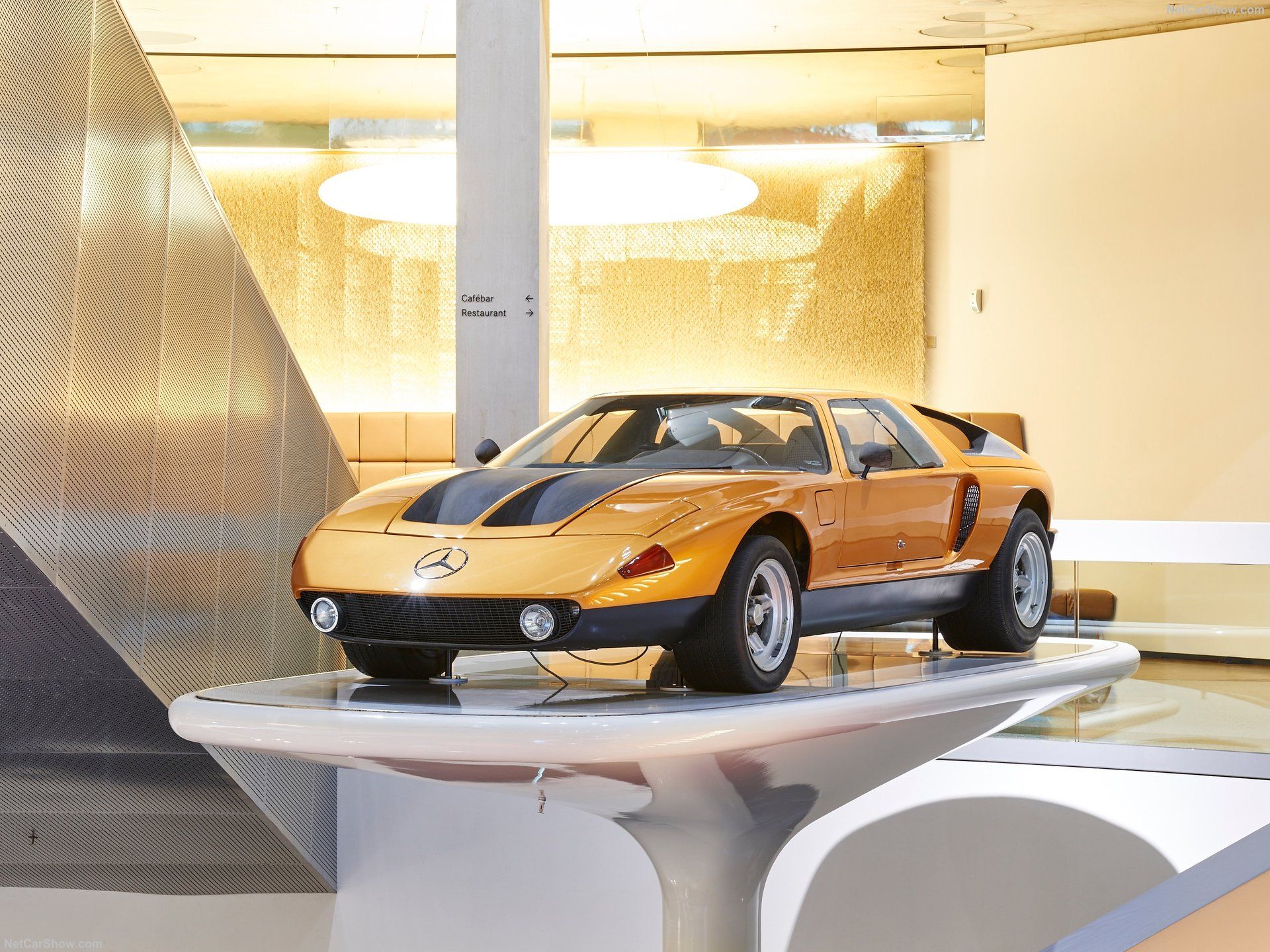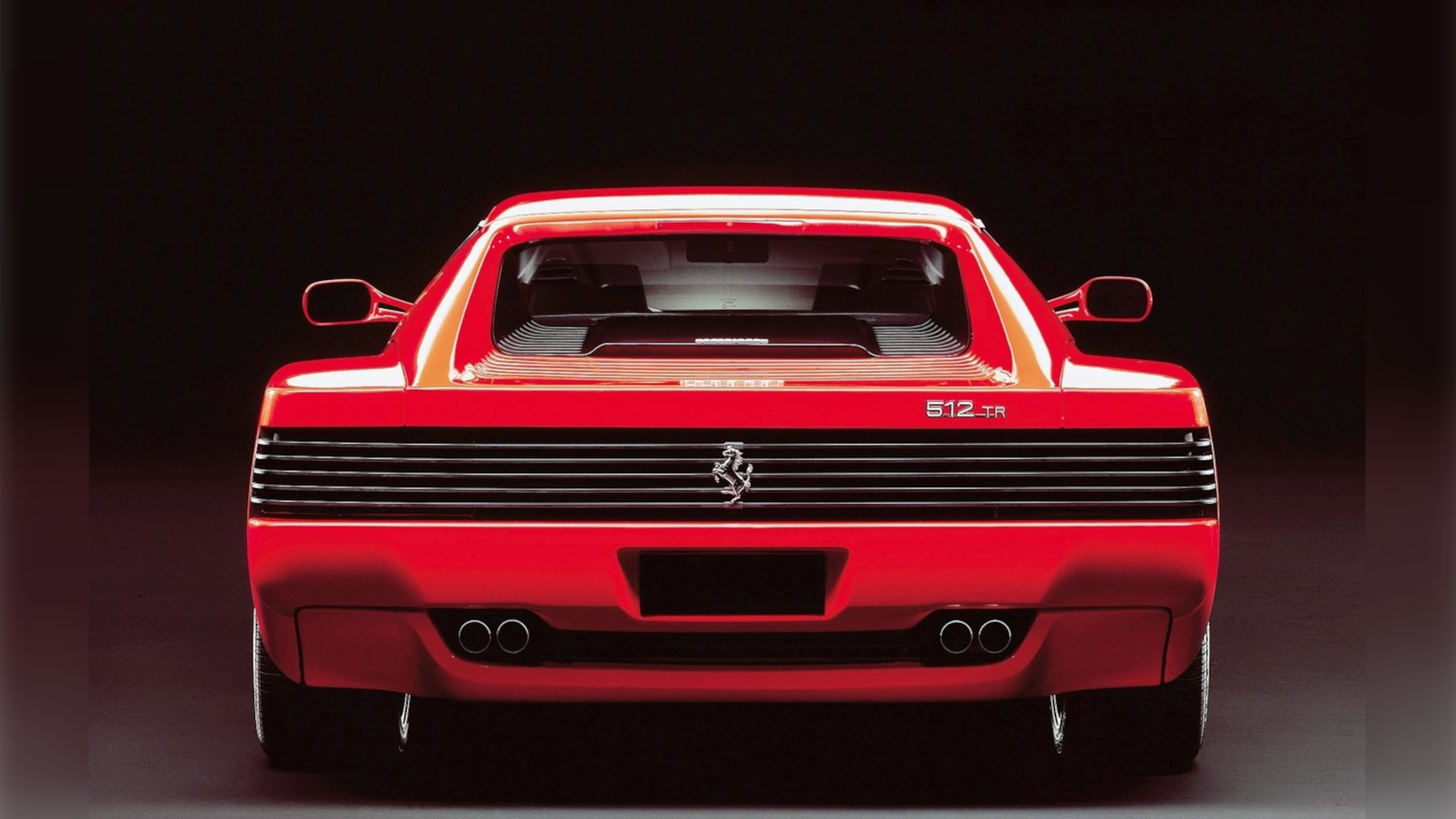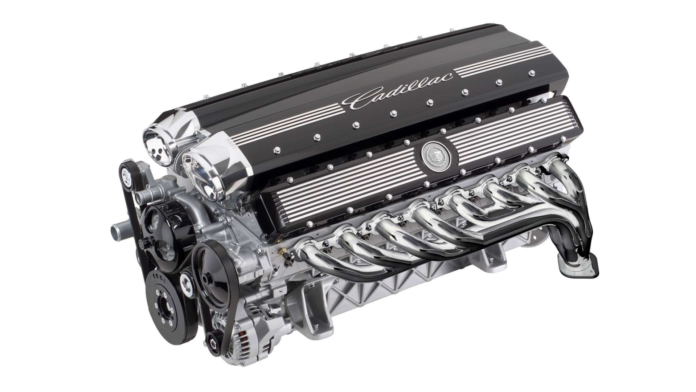Some unusual engine configurations seemed like a good idea at the time, but only some made it to production, with examples including the VW Group’s novel VR and W engines, and the horizontally opposed engines made by Subaru and Porsche. But some ideas run out of steam before they reach production for cost or practicality reasons, or because of reliability or other issues. Here is a list of some of the most weird and wonderful stillborn engines that never saw production.
Related
All We Know About Volkswagen’s Mysterious W10 Engine Prototype
Even VW itself doesn’t know too much about this secret engine.
10 VW Group W10 Engine
Year: Early 2000s
|
Engine |
Est. 5.0L NA W10 |
|---|---|
|
Horsepower |
Est. 500 hp |
|
Torque |
Unknown |
|
Number Made |
Est. 3 |
There are many permutations of VW’s narrow-angle “VR” engine conceived by Ferdinand Piëch and first going into production in 1991. The single-bank VR was a five- or six-pot, but two could be arranged in a wide V on a common crank, each making up a bank of a “W” engine. The Passat 4.0L W8 had two 2.0L VR4s, while the W12 used in Bentleys has two 3.0L VR6s. Bugatti used an 8.0L W16 in the Veyron and Chiron. It seems VW also dabbled with a W10, and Ferdinand Piëch had one of about 5.0L installed in an E39 BMW M5 test mule. He loved it so much, he kept it as his personal car. Belgian GDM Motors reportedly put this very car for sale in 2023. Apparently, three engines were built, but it never reached production.
9 Mazda Renesis II 16X Engine
Year: 2017-?
|
Engine |
1.6L NA & turbocharged twin-rotor Wankel |
|---|---|
|
Horsepower |
300-400+ hp |
|
Torque |
Unknown |
|
Number Made |
Unknown |
Mazda has been on and off with their next-generation rotary engine for years. The next-gen R16X was showcased in the Mazda Taiki concept car at the 2007 Tokyo Auto Show (silver car) and the RX-Vision concept at the 2015 Tokyo show (red car). It has aluminum side housings, direct injection, and narrower rotor housing, but the automaker has not been able to bring the engine to production. The 8C rotary engine – a 0.83L unit with 75hp – has reached production, but only as a generator for the extended-range Mazda MX-30 e-Skyactive R-EV plug-in hybrid.

Add CarBuzz to your Google News feed.
8 Cadillac V16 Engine
Years: 2003
|
Engine |
13.6L pushrod V16 |
|---|---|
|
Horsepower |
1,000 hp |
|
Torque |
1,000 lb-ft |
|
Number Made |
Unknown |
As a homage to their 1930s V16 flagship, Cadillac resurrected the car with the 2003 Sixteen concept. Under the hood were two LS Gen IV pushrod V8 engines mated together to create a 13.6L V16 engine with a claimed 1,000 hp. Cadillacs inherited many of the Sixteen’s design cues in the following years, but not its engine, which never made production.

Related
Bugatti’s New V16 Engine Is The First Series Production V16 In 84 Years
And it’s going to change the automotive industry in a big way.
7 Suzuki C2 1.6L V8 Engine
Years: 1997
|
Engine |
1.6L DOHC turbo V8 |
|---|---|
|
Horsepower |
250 hp |
|
Torque |
209 lb-ft |
|
Number Made |
Unknown |
When Suzuki unveiled the C2 at the 1997 Frankfurt Motor Show, the tiny RWD convertible came with a radical spec – a turbocharged DOHC V8 with four valves per cylinder displacing only 1.6L, but putting out 250 hp at 7,000 rpm, and motivating a car of only 1,866 pounds. Unfortunately, Suzuki decided not to put the complicated engine into mass production.

Related
The Suzuki Hustler Tough Wild Is A Ridiculously Named Kei Car With Loads Of Character
The tiny Hustler Tough Wild makes the Jimny look like a Land Cruiser, but that doesn’t stop us from wanting one.
6 Cadillac SOHC 7.4L V12 Engine
Years: 1967
|
Engine |
7.4L-8.2L V12 |
|---|---|
|
Horsepower |
394 hp |
|
Torque |
Unknown |
|
Number Made |
6 |
Cadillac is no stranger to V12 engines, having made V12s for the Cadillac V12 luxury car in the ’30s, and the 11.5L “twin-six” V12 in the ’60s. So there was support for a new V12 in 1967, and it was supposed to be an advanced SOHC sleeveless engine made from a silicon-aluminum alloy, complete with hydraulic lifters. Six prototypes were built in 7.4L-8.2L capacities, and they eventually got up to 394 hp. It was going to be offered as a variation of GM’s advanced FWD Unified Power Package used on the Oldsmobile Toronado, but the V12 used a lot of fuel and never lived up to expectations compared to the existing V8s, so the project stalled and died.
5 Oldsmobile 32-valve W-43 455 V8 Engine
Years: 1968-1972
|
Engine |
7.5L DOHC V8 |
|---|---|
|
Horsepower |
440-700 hp |
|
Torque |
Unknown |
|
Number Made |
Unknown |
Oldsmobile built its pushrod Rocket V8 engine from 1949 to 1990, and the letter W became synonymous with Olds’ performance packages. So, when it started work in 1968 on a new high-performance DOHC V8 with four valves per cylinder based on the Rocket 455, it received the W43 code and was due to debut in 1972. It used novel gear-driven camshafts. Up to 700 hp was extracted from bench engines. Sadly, the Malaise Era low-compression changes to all US engines due to the 1973 oil crisis effectively killed the W43 project.
4 GM Rotary Combustion Engine (GMRCE)
Years: 1970-1974
|
Engine |
3.4L 2-rotor Wankel |
|---|---|
|
Horsepower |
180 hp |
|
Torque |
Unknown |
|
Number Made |
Unknown |
Even GM dabbled in rotaries and, in 1970, the company paid $50 million for licensing the technology, but by 1973, when the GMRCE was supposed to go under the hood of the Chevy Vega, its poor fuel consumption and the 1973 oil crisis and subsequently skyrocketing gas prices caused GM to cancel the project. It was also supposed to be used in a sub-Corvette mid-engine coupe GM was working on (the red car in the photos).

Related
10 Cool Non-Mazda Cars Powered By Rotary Engines
Rotary engines have become synonymous with Mazda, but the Japanese automaker wasn’t the only one that dove into the ’60s Wankel craze.
3 Subaru Flat-12 Engine
Years: 1989-1997
|
Engine |
3.5L-3.8L NA 60-valve H12 |
|---|---|
|
Horsepower |
559-580 hp |
|
Torque |
Unknown |
|
Number Made |
Est. <5 |
Motori Moderni built a Carlo Chiti-designed flat-12 engine for Subaru’s 1990 Formula 1 program, but the engine was too wide and heavy and produced too little power, so it was dropped. Koenigsegg bought the rights to the design and Motori Moderni built a 3.8L for them with 580 hp, which went into their first supercar prototype. Then Carlo Chiti passed away and though Koenigsegg acquired all the Motori Moderni assets, the project never went ahead because it would have been too difficult to make the project viable with the outdated production tools Koenigsegg inherited from the Italian outfit.

Related
Ferrari Is The Only Automaker To Ever Use This Engine Configuration
Ferrari’s history is chock-full of great ideas and innovative inventions. However, not all innovations are necessarily great.
2 Maserati 6:36 36-Valve V6 Engine
Year: 1985
|
Engine |
2.0L twin-turbo 36-valve V6 |
|---|---|
|
Horsepower |
261 hp |
|
Torque |
Unknown |
|
Number Made |
Unknown |
Most engines optimize valve area and manufacturing cost by using four valves per cylinder. Some engines had five valves per cylinder, the most well-known ones the 1.8L four-pot from VW and Audi’s 2000s V6s and V8s. In 1985, Maserati almost made a twin-turbo 2.0L V6 with six valves per cylinder, though the plug was pulled at the last second. It was supposed to be a powerful flagship engine that took advantage of the sub-2.0-liter tax laws in Italy, but it seems 36 tiny valves and all the complications that went with it – combined with twin turbos – were simply not worth it in the end.
1 Chevrolet Corvair Mk 2 Modular Engine
Year: 1961
|
Engine |
2-12 cylinders, horizontally opposed, various capacities |
|---|---|
|
Horsepower |
200 hp (H10) |
|
Torque |
Unknown |
|
Number Made |
Unknown |
Chevrolet’s Corvair had an air-cooled rear-mounted engine and was sold in two generations, but never caught on, especially after some bad press about dangerous handling by Ralph Nader. Chevrolet improved the swing-axle rear suspension and replaced it with independent suspension in 1965. While the car still had prospects, development started on a modular air-cooled horizontally opposed engine family with varying cylinder counts. Two-, four-, six-, and ten-cylinder units were built, and an H10 was installed in a 1962 Impala test mule. The success of the project depended on the engines being usable in other GM products. This did not materialize, so the project was canned.
Sources:
StreetMuscleMag
,
Wikpedia
,
Hemmings
,
MotorTrend
,
Car and Driver
,
CurbsideClassic
,
NetCarShow
,
drive.com.au
,
AutoEvolution
,
Carfolio
,
Diseno-Art
,
driving.ca
,
OldMachinePress
.

